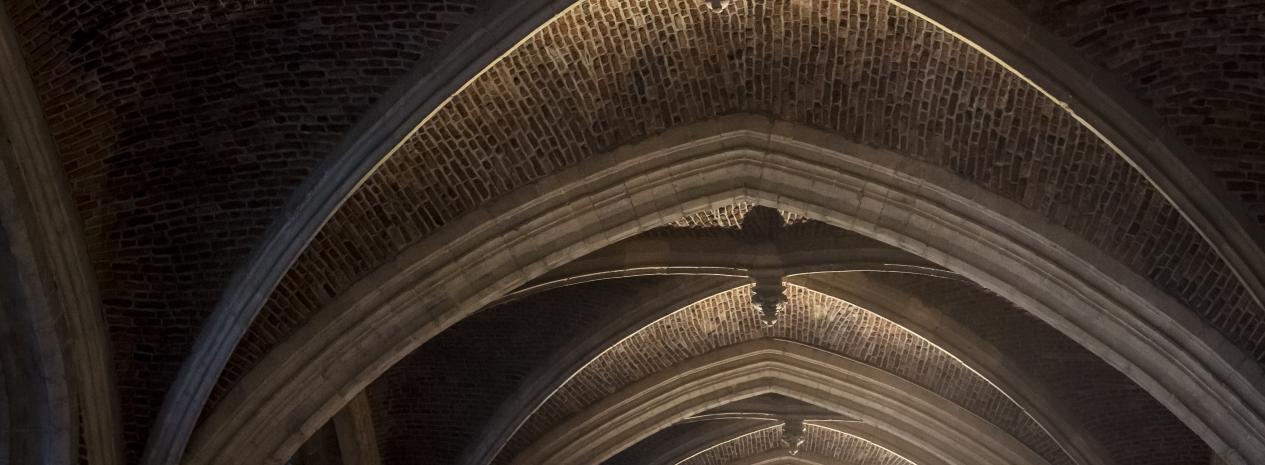 © Frederik Beyens
© Frederik Beyens
The museum is closed, the restoration plans for the Vleeshuis ('Butcher's Hall') are shifting up a gear. If everything goes according to plan, the works will start in 2026. Both the exterior shell and the interior of the monument and museum are being thoroughly addressed. This will include a new staircase, a reception area, a Great Hall and an all-new music museum. All seven floors will become accessible to the public.